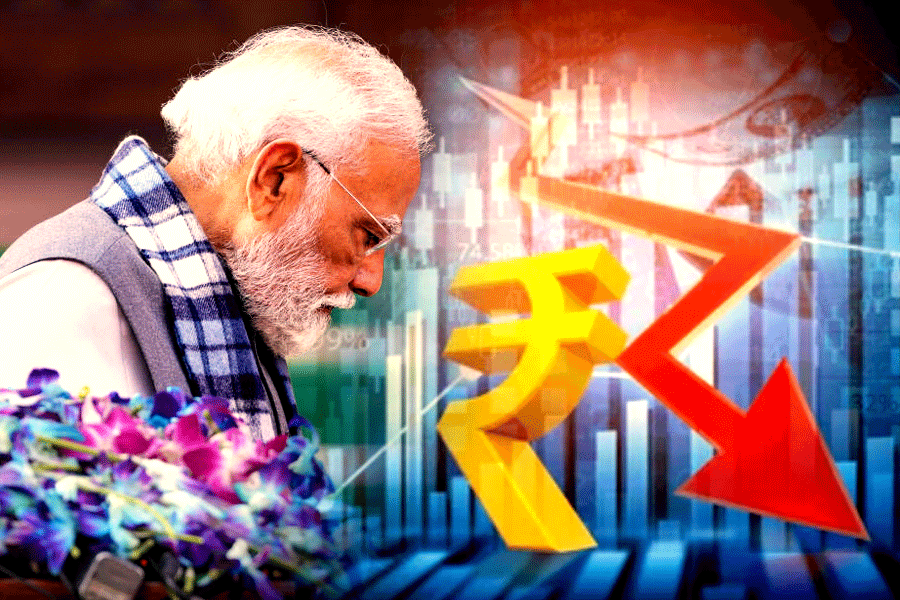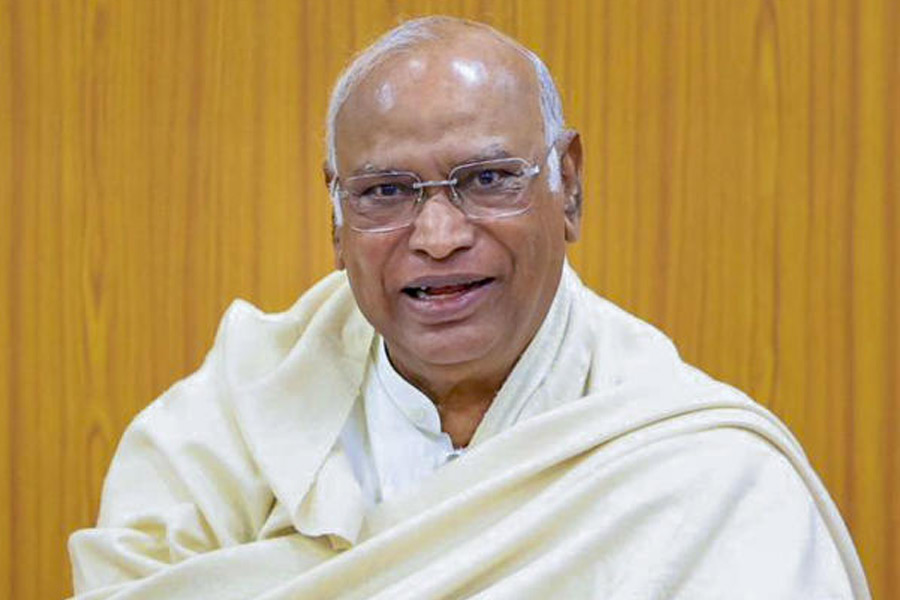As Bangladesh gears up to celebrate the birth centenary of the Father of the Nation, Sheikh Mujibur Rahman, and also the golden jubilee of the victorious Liberation War, the war itself and the genocide perpetrated by the Pakistan Army have come again to the forefront of the people’s consciousness. Human rights activist Shahriar Kabir spoke on this resurgence with Subhoranjan Dasgupta.
Q. In order to assess the quantum and quality of the far-reaching changes brought about by Prime Minister Sheikh Hasina, we need to consider the past. Hence, the first question is how did Zia-ur-Rahman view and assess the War of Liberation and the genocide after wresting power in 1975?
A. Zia-ur-Rahman’s first act was to declare indemnity for the killers of Bangabandhu, Sheikh Mujibur Rahman. Then he closed the trial of the perpetrators of the genocide which Mujib had begun in 1971. He dismissed the War of Liberation as well as the genocide as irrelevant and proclaimed that henceforth faith and trust reposed in Allah would be the basis of all moves and actions.
To measure this quality of the transformation, one should recall his stopping the Birangana programme which Bangabandhu had initiated. This specific programme sought to rehabilitate the hundreds and thousands of women who had been raped by Pakistani soldiers, officers and their local collaborators. In fact, Zia’s prime objective was to convert secular Bangladesh into a monolithic Islamic state.
With the help of the Fifth Constitutional Amendment he also removed secularism and Bengali nationalism from the Constitution, which had been considered as two cornerstones of the new nation. Indeed, these two crucial elements had enshrined the spirit of the liberation war, which he was determined to obliterate.
He also decreed that history, a ‘pointless subject’, would no longer be taught in schools and colleges. Moreover, he permitted religious groups, mostly sectarian, to float political parties. His single objective was to erase the redemptive politics of 1971 and go back to the divisive politics and ideology of 1947. Love for Pakistan and hatred for India were two other major characteristics of this dark phase.
Q. I think the military dictator Ershad and later the BNP-Jamaat alliance followed the path laid down by Zia-ur-Rahman. How did they behave ?
A. Ershad was a dictator through and through. He extended Zia’s design by declaring Islam as the state religion of Bangladesh. In order to legitimise this step, he implemented the Eighth Amendment of the Constitution.
The BNP-Jamaat alliance was no better. Here I would like to state categorically that the BNP-Jamaat alliance was and is not merely a tactical alliance as is often claimed by BNP spokesmen.
There was an ideological alliance between the two, and the BNP, in fact, was guided by the Jamaat-e-Islami. In this phase, hated war criminals like Golam Azam, Kader Molla, Matiur Rahman Nijami and others were rehabilitated and they strutted around in Bangladesh blessed by their new-found power.
Though the country’s Constitution had laid down unambiguously and clearly, that no religious groups could emerge as political parties, the groups formed political parties and kept the BNP under constant pressure. Obviously, in such a sectarian environment, the war and history of liberation and genocide were conveniently forgotten.
These political formations were hostile to India and in order to uphold Pakistani policy, they supported the insurgents of the Northeast to the hilt. The insurgent leaders were allowed to set up offices in Dhaka, set up military training camps along the border and operate bank accounts. In short, Bangladesh was turning into another Pakistan, imbued by the divisive consciousness of 1947.
Q. How could the Awami Party led by Sheikh Hasina break this vicious stranglehold?
A. The civil society of Bangladesh turned against the BNP-Jamaat combine. They could see through the conspiracy of the rulers and their ideological vacuum. The citizens voted them out of power.
Q. If I am not mistaken, the Ghatak-Dalal Nirmal Committee Movement played a path-breaking and historic role at this point of time to expose the BNP-Jamaat agenda.
A. Certainly. That great civic resistance championed by Shahid Jananee (Mother of Martyr) Jahanara Imam acted as the vibrant nucleus of protest and challenge. For 28 long years this Nagorik Andolon or Citizens Movement vigorously opposed the BNP-Jamaat ruling combine and changed the mental set-up of the people, who had at one point stood behind the BNP-Jamaat regime comprising war criminals and anti-liberation forces.
Once again determined civic fingers pointed towards the great and glorious liberation war of 1971. The divisive standpoint of 1947 was rejected outright. Indeed, the new generation proudly recalled the nine-month-long liberation war and sought nourishment from it. The change was so drastic that in the course of a decade ending in 2012, no fewer than 5,000 books were written on the War of Liberation and the genocide. Millions of readers greeted this resurgence and read the books avidly.
Q. What were the most important changes initiated by the Sheikh Hasina-led Awami League when it stormed back to power in 1996. Then again in 2009 ?
A. First and foremost, the new Awami League government repealed the Indemnity Act that had been clamped down by Zia-ur-Rahman, which prohibited the trial of those who had assassinated Sheikh Mujibur Rahman, the Father of the Nation. The killers were brought back within the realm of justice and punishment. Secondly, the four basic principles of the Constitution — socialism, secularism, nationalism and democracy — were reasserted.
Third, and this is very significant, the important step to form a War Crimes Tribunal was taken. This body functioned splendidly and sentenced seven war criminals to death. Even the great Golam Azam who had been the Ameer of the Jamaat languished in prison. He died in incarceration.
Finally, history was again invested with its pristine significance and, expectedly, the War of Liberation and the genocide re-entered the narrative of history triumphantly. One has to set one’s eyes on the textbooks that are now being taught in schools to decipher this crucial change.
Q. Do you see any link between the war of liberation of Bangladesh and the anti-British freedom struggle waged in British-ruled India? You have been paying homage to the great Indian martyrs — Khudiram, Bagha Jatin, Surya Sen, Bhagat Singh and Netaji?
A. Of course, we regard our liberation war as a vibrant continuation of that historic struggle for India’s freedom. Surya Sen and Netaji fought against the colonial rule of the British and we have fought against Pakistani colonialism. Like our valiant predecessors we have also fought with arms in hand.
In other words, our struggle is umbilically linked with the battle waged against the British. Sheikh Mujib himself was a great admirer of Netaji. Moreover, we are planting 3 million trees in remembrance of 3 million martyrs. And, this is important, 25 trees were planted two years ago in Banga Bhavan to honour of the Indian revolutionaries and martyrs of Bangladesh. The first tree was planted in honour of the Rani of Jhansi.
We claim with justified pride that we have kept the torch of freedom alight in the sub-continent.











